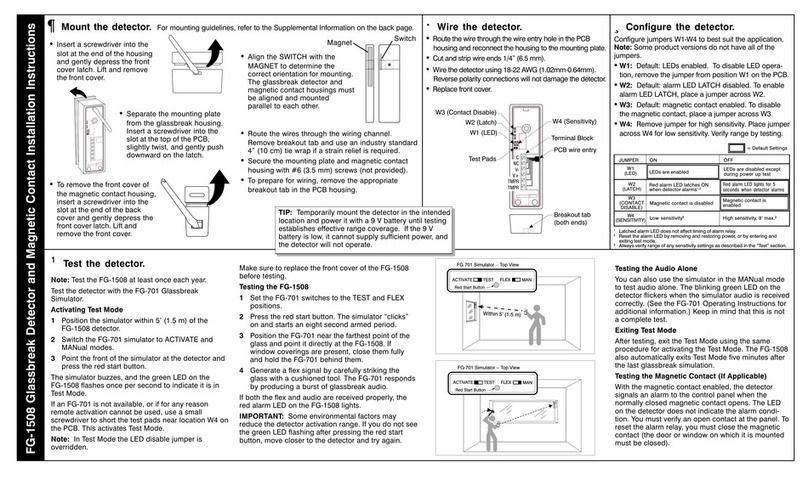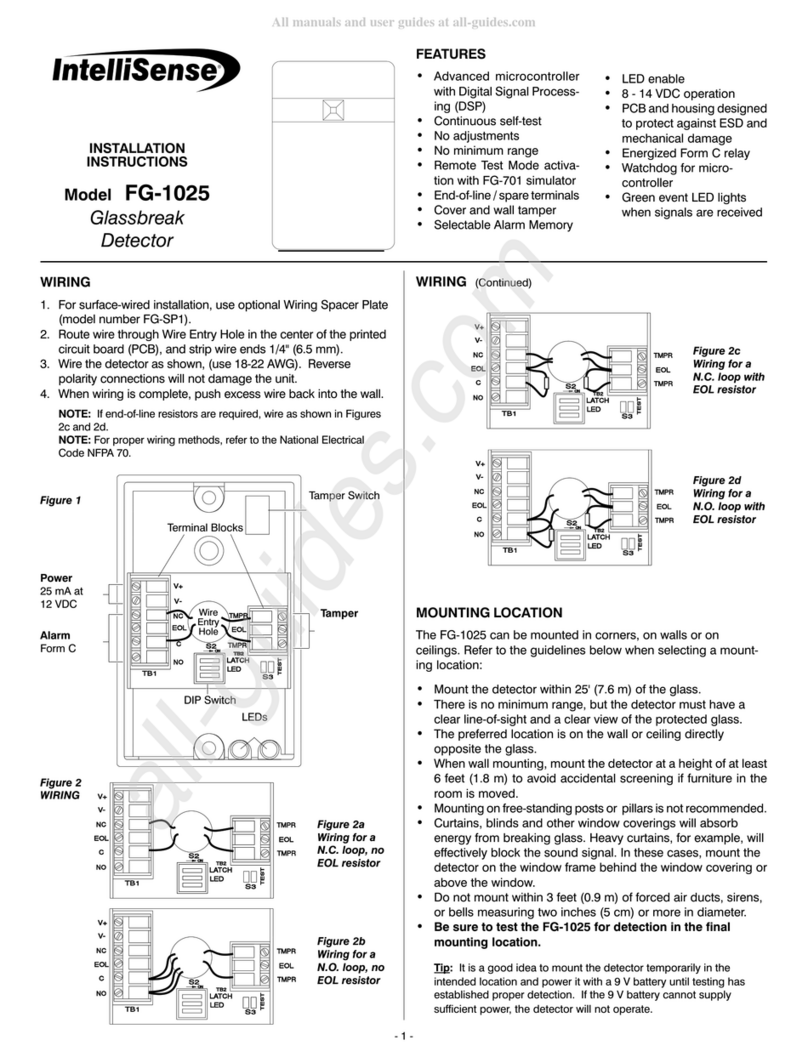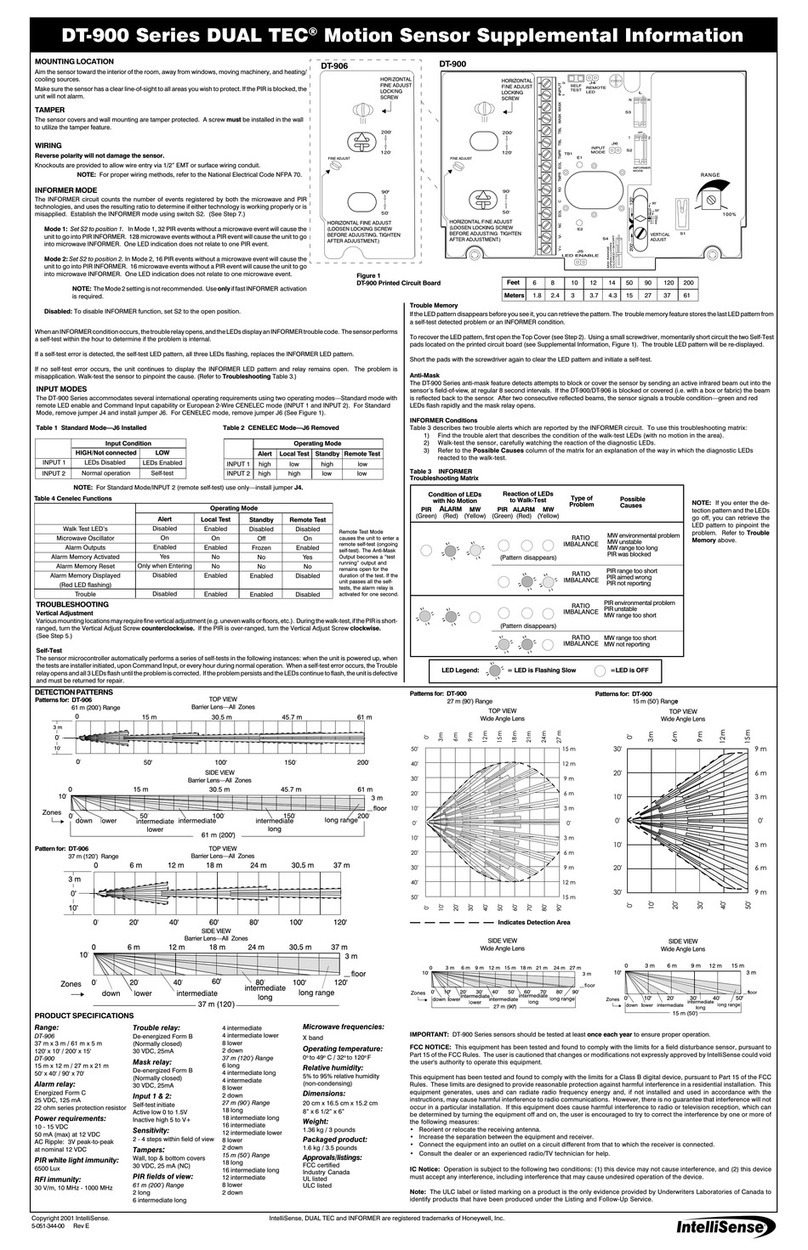
Intellisense Systems Inc.
Page 3
Installation Guide – AWARE Flood System
SITE SELECTION GUIDELINES
To ensure the accurate collection and reporting of environmental data, several factors must be considered
when selecting a site for AWARE Flood devices. Site selection should be performed before deploying a
sensor network. The following categories should be considered when selecting sites:
1. Unmonitored Flood Risks – Sites that are currently prone to flooding that are not already monitored.
2. Stream Crossings – Road crossing sites that are prone to flooding can provide additional information
on overtopped roadways or pedestrian walkways and stormwater debris blockages.
3. Critical Infrastructure – Sites including lift stations, power substations, dams, etc. need near real-
time monitoring.
4. Capital Improvement Projects – Flood prone properties where buyout analysis is needed.
5. Rapid Deployments – These sensors can be deployed rapidly in site locations that have potential
flood risks during expected natural disasters such as hurricanes or during controlled floods.
Site Considerations and Preparations
1. Encroachments – Agreements with various government rights-of-way (ROW), i.e. Department of
Transportation (DOT) are needed if the site location encroaches on these ROW. For private property,
existing DOT ROW can be utilized in some cases bypassing the need to obtain permission from
individual property owners. For privately owned property without municipal ROW, clear
communication of the intention of installation of the sensor is often enough to gain the property
owner’s permission.
2. Communication Signal Strength – The AWARE Flood system can
communicate via either cellular or Iridium satellite connections (depending on
how the AWARE Flood Node and IoT Module are configured at time of
purchase). Currently, the AWARE Flood system only supports Verizon and
utilizes the LTE-M/NB-IoT Network. The AWARE Flood IoT Module comes with
a small antenna meant to blend in with the environment but can also be field
swappable with a larger higher gain antenna if needed. Every AWARE Flood
system will report its signal strength with every packet.
3. Accessibility – Steep banks, large debris, and other terrain obstacles may limit
the serviceability. The AWARE Flood was designed to be modular so the
AWARE Flood Node can be installed in a location that is easily accessible,
while allowing the WLP to be installed into the stream via ruggedized conduit
that protects the cable assembly. Should any large debris damage the WLP,
the WLP module can easily be replaced and at a lower cost than replacing
the entire system.
4. South Facing Sunlight Availability – The AWARE Flood system was designed to operate for 10 days
with our solar recharge on a full battery; however, considerations should be made when installed the
AWARE Flood Node where ample sunlight is available year round to maximize solar exposure during
winter when the days are at their shortest.
5. Vegetation – The surrounding vegetation should be considered when installing the AWARE Flood
Node and removed from the location where needed to prevent vegetation from blocking potential
sunlight as well as the path for the WLP conduit to prevent potential safety hazards or tripping
concerns.
High Gain Antenna


































